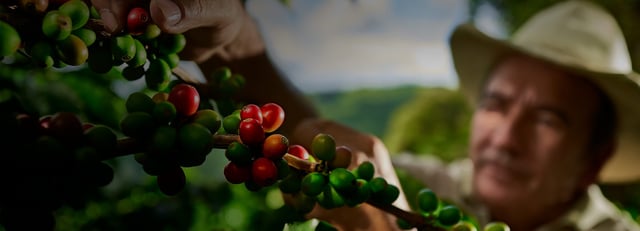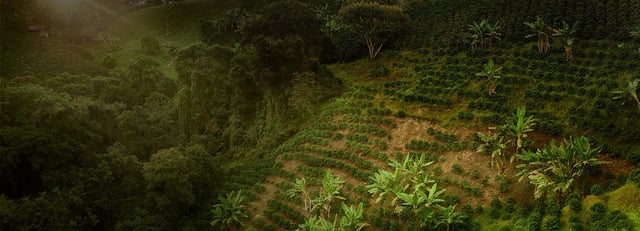Created in France in 1992, L’OR’s ambition has always been to offer the best coffee in the world. Since then, L’OR has seduced senses of the consumers by providing them with intense taste experiences for fantastic coffee moments. In 2010, L'OR expanded beyond the French borders with the launch of L’OR Espresso, the first coffee capsule compatible with Nespresso®* coffee machines. Today, the unequalled quality of L’OR coffee continues to seduce connoisseurs all over the world...
*Brand belonging to a third party which has no link to JACOBS DOUWE EGBERTS








